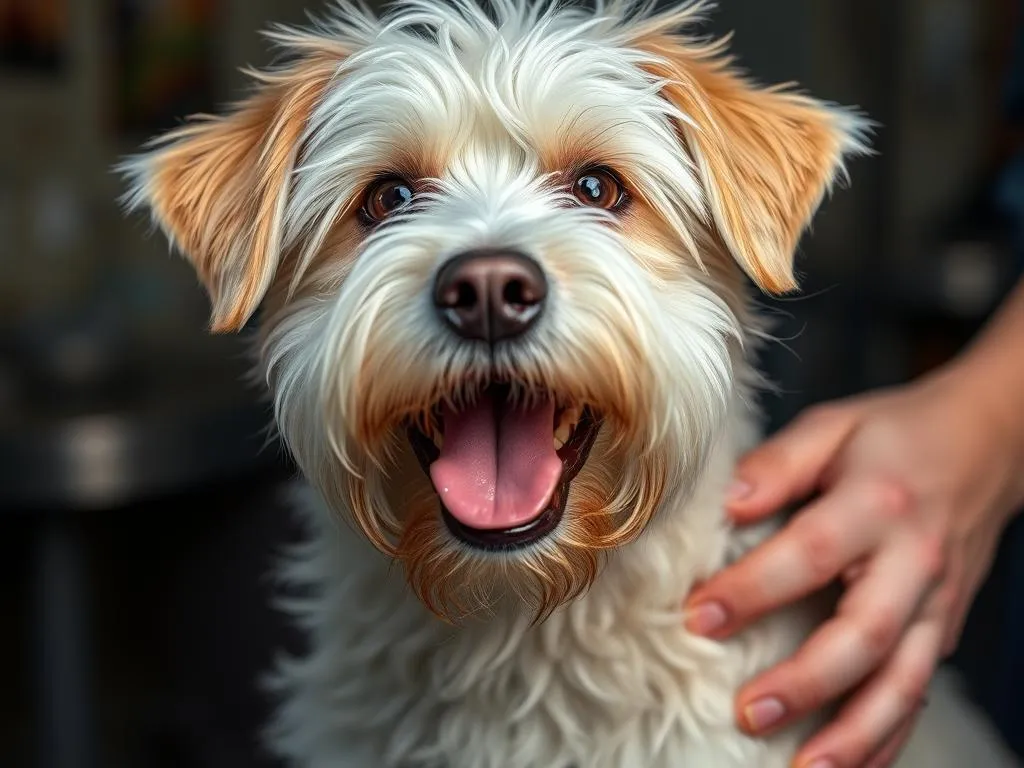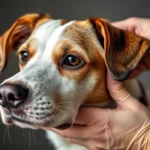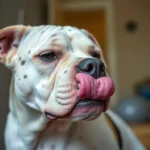
Introduction
When it comes to dog health care, grooming is a critical yet often overlooked aspect. Regular grooming is essential not only for maintaining a dog’s appearance but also for their overall health and wellbeing. Grooming helps to prevent health issues, promotes bonding between the dog and owner, and can even be a pleasurable activity for many dogs. This leads us to an essential question: Do dogs like being groomed? In this article, we will explore various facets of dog grooming, including its benefits, the grooming process, and how to make it a positive experience for your furry friend.
Understanding Dog Grooming
Definition of Dog Grooming
Dog grooming refers to a range of hygiene practices aimed at keeping dogs clean and well-maintained. Common grooming practices include:
- Brushing: Removing loose fur and preventing matting.
- Bathing: Keeping the dog’s coat clean and free of dirt.
- Nail Trimming: Maintaining nail health and preventing discomfort.
- Ear Cleaning: Preventing infections and ensuring hygiene.
Benefits of Regular Grooming
Regular grooming offers numerous benefits for dogs, which can be categorized into physical and psychological advantages:
- Physical Health Benefits:
- Skin Care: Regular brushing helps distribute natural oils, keeping the skin healthy.
- Parasite Control: Grooming allows for the early detection of fleas, ticks, and other parasites.
-
Matting Prevention: Especially in long-haired breeds, regular grooming prevents painful mats.
-
Psychological Benefits:
- Bonding with the Owner: Grooming can create a strong bond between the dog and its owner.
-
Stress Reduction: Many dogs find grooming soothing when done correctly.
-
Prevention of Health Issues:
- Ear Infections: Regular ear cleaning can help prevent infections caused by excess wax and debris.
- Matting: Mats can trap moisture and lead to skin infections if not addressed.
Do Dogs Enjoy Grooming?
Canine Behavior and Grooming
Understanding canine behavior is essential when considering whether dogs enjoy grooming. While some dogs may visibly relax during grooming sessions, others might show signs of anxiety. Signs that a dog enjoys grooming can include:
- Relaxed posture
- Wagging tail
- Leaning into brushes or tools
Factors Influencing a Dog’s Attitude Toward Grooming
Breed Characteristics
Different breeds have distinct grooming needs and temperaments, influencing their enjoyment of grooming. For example:
- Breeds That Enjoy Grooming:
- Golden Retrievers: Typically enjoy the attention and interaction.
-
Labrador Retrievers: Often relaxed during grooming.
-
Breeds That May Dislike Grooming:
- Shih Tzus: Can be sensitive to brushing due to their long hair.
- Dachshunds: May resist grooming due to their independent nature.
Early Experiences
A dog’s attitude toward grooming can often be traced back to their early experiences. Positive early interactions with grooming can lead to a more relaxed attitude in adulthood. Conversely, negative experiences can result in fear or anxiety.
Owner Interaction
The owner’s approach plays a significant role in shaping a dog’s grooming experience. Tips for creating a positive grooming environment include:
- Using calm, soothing voices.
- Offering treats during and after grooming.
- Ensuring the dog feels secure and comfortable.
The Grooming Process
Preparing for Grooming
Before starting the grooming process, it’s essential to gather the right tools. Basic tools needed for grooming include:
- Brushes (appropriate for coat type)
- Dog shampoo
- Nail clippers or grinders
- Towels
Creating a calm environment can help ease the dog into the grooming process. Soft music or a quiet space can make a significant difference.
Step-by-Step Grooming Guide
Brushing
Brushing is a fundamental part of grooming. Techniques vary based on coat types:
- Short Coats: Use a rubber brush to remove loose hair.
- Long Coats: Use a wide-toothed comb to detangle and a slicker brush for finishing.
- Curly Coats: Use a pin brush to prevent matting.
Frequency Recommendations:
– Short-haired breeds: Once a week.
– Long-haired breeds: Every other day.
– Curly-coated breeds: At least once a week.
Bathing
Bathing is vital for keeping a dog clean. Best practices include:
- Frequency: Generally, every 4-6 weeks, unless they get particularly dirty.
- Products: Use dog-specific shampoos to avoid skin irritation.
- Making Bath Time Enjoyable: Use warm water and consider using toys to distract the dog.
Nail Trimming
Maintaining nail health is crucial. Techniques for safe nail trimming include:
- Using proper tools (clippers or grinders).
- Taking it slow and rewarding the dog with treats for good behavior.
- Trimming just the tip to avoid cutting into the quick, which can cause pain.
Post-Grooming Care
After grooming, it’s important to reward your dog. Treats, praise, or playtime can reinforce positive associations with grooming. Watch for signs of irritation or discomfort, such as excessive scratching or licking, and consult a veterinarian if necessary.
Common Grooming Issues and Solutions
Anxiety and Fear During Grooming
Many dogs experience anxiety during grooming. Signs of anxiety can include:
- Whining or barking
- Struggling or trying to escape
- Licking lips or yawning excessively
Strategies to alleviate fear include:
- Desensitization: Gradually introducing grooming tools.
- Positive Reinforcement: Using treats and praise to reward calm behavior.
Skin Problems and Allergies
Improper grooming can lead to skin problems or allergies. Common issues include:
- Hot Spots: Caused by excessive licking or scratching.
- Fleas and Ticks: Can cause skin irritation and infections.
Recommendations for managing skin allergies include:
- Regularly inspecting the skin.
- Consulting a vet for appropriate treatments or shampoos.
Grooming for Senior Dogs
Senior dogs may require special considerations during grooming. Adjustments may include:
- Using softer brushes to avoid irritating the skin.
- Taking breaks during the grooming process to prevent fatigue.
- Being gentle with sensitive areas such as joints.
Professional Grooming vs. DIY Grooming
When to Seek Professional Help
While many owners enjoy grooming their dogs at home, there are situations where professional grooming is advisable:
- When dealing with matted fur.
- For complex cuts or styles.
- If the dog is particularly anxious or aggressive during grooming.
Benefits of professional grooming services include:
- Expertise in handling difficult dogs.
- Access to specialized tools and techniques.
DIY Grooming Best Practices
For those who prefer to groom at home, consider these tips:
- Start Early: Introduce grooming tools gradually.
- Educate Yourself: Utilize videos and classes to learn proper techniques.
- Keep It Short: Initial grooming sessions should be brief to avoid overwhelming the dog.
Conclusion
In conclusion, grooming is an essential component of dog health care that offers numerous benefits. While some dogs may genuinely enjoy being groomed, others may require more patience and positive reinforcement to develop a fondness for it. By understanding your dog’s needs and behaviors, you can create a grooming routine that enhances their health and strengthens your bond. Prioritize grooming in your dog’s health care routine for a happier, healthier pet.
Grooming not only keeps your dog looking great but also plays a vital role in their overall health. Remember, the key to a successful grooming experience lies in understanding your dog’s unique personality and needs. Happy grooming!









